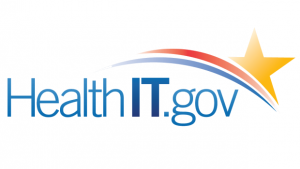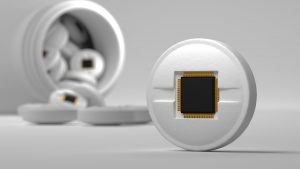Though eHealth has a somewhat ambiguous definition, the concept is based on using technology to improve the quality of healthcare, and the advances have allowed both patients and medical professionals to gain access to a variety of resources make healthcare more efficient and cost effective. E-Health empowers patients to take an active role in their treatment, allowing them to gain a deeper understanding of their conditions and how to effectively manage them.
10 e’s of eHealth
At first glance, one may assume the “e” in eHealth simply represents the word “electronic.” Though “electronic” is certainly one aspect, the complete definition actually encompasses a variety of other “e’s,” representing the true meaning of this concept. The “10 e’s,” as spelled out by Gunther Eysenbach in an article on the Journal of Medical Internet Research website, include:
- Efficiency
- Enhancing Quality
- Evidence Based
- Empowerment
- Encouragement
- Education
- Enabling
- Extending
- Ethics
- Equity
Impact on Patient-Physician Interactions
E-technology has the power to significantly strengthen patient-physician relationships. While additional research is needed to determine specific outcomes, preliminary studies and surveys have reported positive results. Providing patients with the tools to manage their own care allows them to enjoy a sense of increased confidence in their physicians and be more comfortable dealing with their conditions.
When patients have e-health resources available at their fingertips, they’re better equipped to ask their physicians more pointed questions to understand their conditions and better manage their health. People are more likely to complete treatment plans recommended by physicians when they can research outcomes to learn the benefits of prescriptions, exercises and other health activities designed to improve their conditions. Sharing the burden of their own care increases patient satisfaction, as people are able to gain a deeper understanding of exactly what their physician is doing to help them.
eHealth and Health Informatics
Health informatics focuses on developing tools to improve healthcare, while eHealth is designed to make it easier to share this valuable information. The two can work in conjunction to provide patients with top-quality care, in a much more efficient manner.
For example, researchers are working to develop a process to automatically validate EHR documents to determine whether they conform to necessary standards. In the future, this will help to simplify the overall validation process. Researchers are also working to determine how simulation can be used to strengthen prediction models for infectious diseases.
Careers in eHealth and Health Informatics on the Rise
The future of the healthcare industry is undergoing a massive restructuring as a result of eHealth and health informatics. Professionals searching for work in these fields enjoy plenty of job prospects. Major initiatives such as the Affordable Care Act and the implementation of ICD-10 created a demand for workers skilled in health information technology. Many healthcare organizations have been forced to delay the onset of certain systems, due to a lack of talent to implement the changes.
The U.S. Bureau of Labor Statistics predicts that employment of health information technologists and medical registrars will increase by 16% through 2032. In fact, experts predict this employment trend will continue on even longer.




